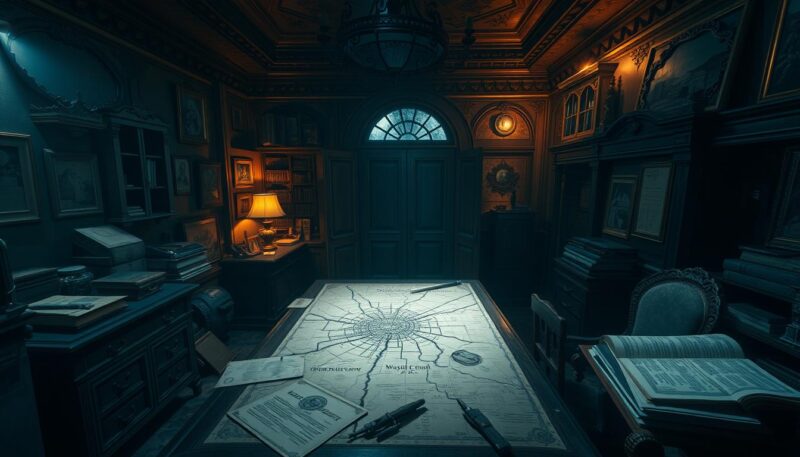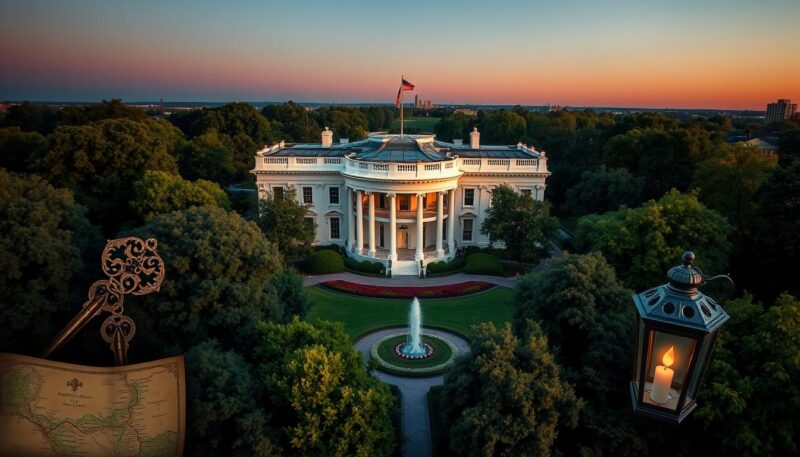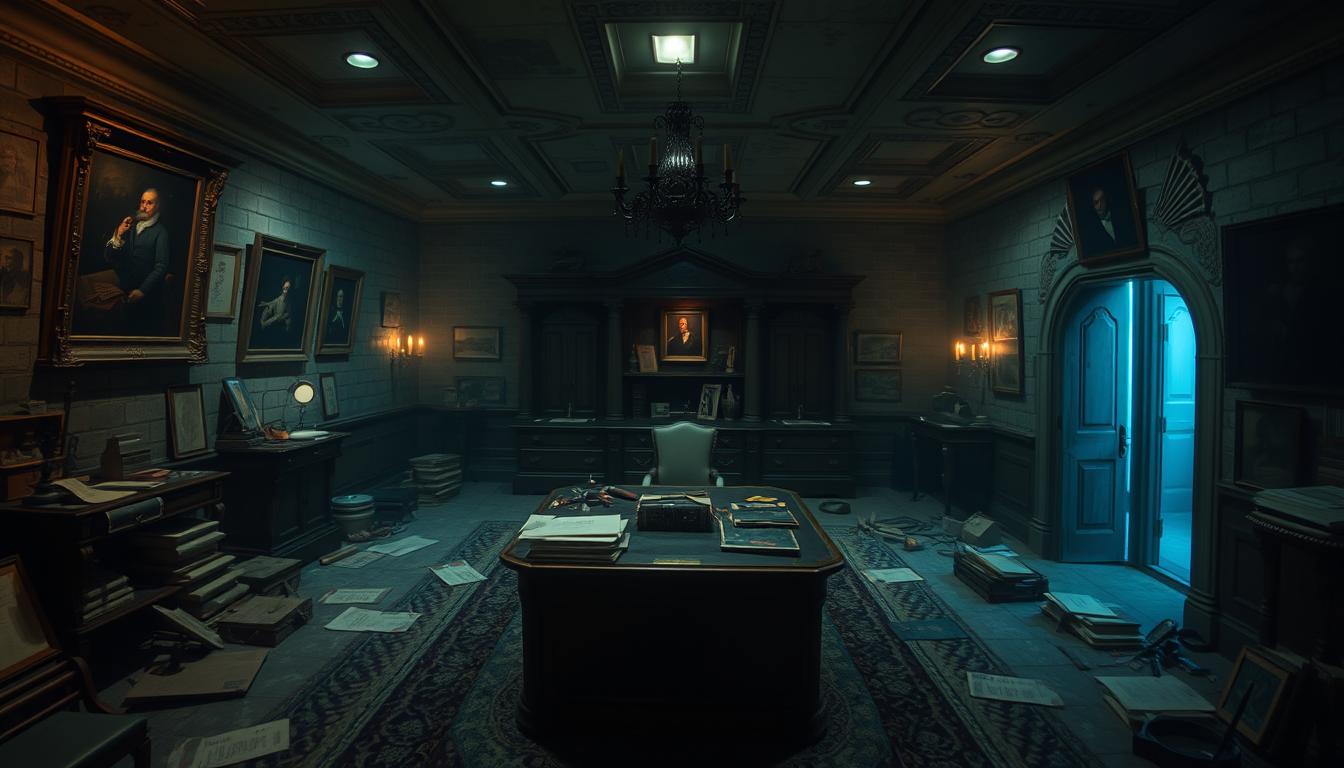The White House is much more than an iconic building; it embodies the rich history and pivotal role of the United States. Nestled at 1600 Pennsylvania Avenue in Washington, D.C., it serves as both the official residence and workplace of the President. Even though you may frequently see it on television or during celebrations in the nation’s capital, there are numerous lesser-known facts about the White House that might surprise you.
With its 132 rooms, 35 bathrooms, and a complex structure that includes 412 doors and 147 windows, the White House has layers of stories waiting to be uncovered. Did you know it requires 570 gallons of paint to maintain its exterior? Or that it comes with a team of five full-time chefs who can cater to intimate dinners or even grand receptions? This article unveils 7 secrets about the White House that you didn’t know, adding dimension to your understanding of this American landmark.
From unique construction history to its fascinating presidential living quarters, prepare yourself for an engaging journey through the hidden gems and thrilling trivia of one of the most recognized symbols of our democracy.
Uncovering Lesser-Known Facts About the White House
The White House stands as a symbol of American power and history, yet many details remain obscured. Understanding its unique construction history and the presidential living quarters unveils the intricacies that characterize this iconic residence.
The Unique Construction History
The White House’s construction commenced in 1792 and required eight years to complete. Designed by James Hoban, the building’s creation involved a diverse labor force, including both skilled artisans and enslaved African Americans who contributed to this historic project. This unique construction history reveals the complex backdrop of its establishment. Key renovations have taken place over the years, including a significant overhaul initiated by Harry S. Truman in 1948 when safety concerns arose. Understanding these elements sheds light on White House history secrets often overlooked.
Presidential Living Quarters
Once inside, the presidential living quarters serve as both home and workplace for the first family. The White House includes amenities that cater to their every need. During a presidency change, a dedicated staff of approximately 96 full-time and 250 part-time workers may have as little as five hours to transfer the new family’s belongings. The first family pays for their groceries and household services, including dry cleaning. Personalization remains a key aspect, with presidents having the autonomy to rearrange rooms and select furniture and artwork, reflecting individual tastes.
The first family’s comfort extends to various recreational amenities, such as a movie theater, swimming pool, and even a bowling alley. These fun facts about the White House contribute to the residence’s unique atmosphere, supporting a blend of formality and relaxation that defines contemporary presidential life.
| Feature | Description |
|---|---|
| Staff | 96 full-time and 250 part-time workers |
| Transition Time | Five hours to move belongings |
| Recreational Amenities | Basketball court, swimming pool, movie theater, billiard room, bowling alley |
| Monthly Salary | $400,000 (after personal expenses deduction) |
| Rooms | 132 rooms, 35 bathrooms, 412 doors, 28 fireplaces |
7 Secrets About the White House You Didn’t Know
As one of the most iconic buildings in the United States, the White House is filled with secrets that go beyond its stunning facade. Here are some intriguing insights about this historic residence.
The Secret Underground Bunker
The White House contains a hidden feature known as The secret underground bunker, which serves as a secure location during emergencies. Initially constructed during Franklin Roosevelt’s presidency, this bunker was a response to national crises, such as the bombing of Pearl Harbor. Over the years, several presidents have utilized this facility, demonstrating its importance in safeguarding leadership during tumultuous times.
The White House Kitchen Garden
The White House kitchen garden plays a vital role in promoting healthy eating among American citizens. Established by Michelle Obama in 2009, this garden not only supplies fresh produce for the First Family’s meals but also serves educational purposes for children and adults alike, highlighting the importance of nutrition and sustainability. Visitors often admire the garden, which features various fruits, vegetables, and herbs, enhancing the presidential estate’s connection to nature.
Movie Theater and Dog Park
The West Wing has its own private movie theater, offering a space for presidents and their families to enjoy cinematic entertainment. This hidden gem underscores the blend of work and leisure within the historic residence. In addition to cinematic experiences, The White House has its own dog park, providing a secure area for the First Family’s furry companions. This aspect of presidential life adds a warm touch, showcasing the lighter side of life in this prestigious location.

Fun Facts and Insider Secrets of the White House
Exploring the insider secrets of the White House reveals fascinating details about its recreational facilities, the rich history of its interior redecoration, as well as the intriguing hidden rooms and tunnels that are part of this iconic residence.
Recreational Facilities
The White House offers an array of recreational facilities designed for relaxation and fun. You can find a tennis court, a running track, a swimming pool, and a bowling alley on the grounds. These amenities allow presidents and their families to unwind in privacy while fulfilling their roles as leaders of the nation. The inclusion of such recreational spaces highlights a lesser-known aspect of White House life, showcasing how important leisure activities are in a high-pressure environment.
Interior Redecorations
The interior redecoration history of the White House reflects the changing tastes and influences of its inhabitants over the years. Each president often brings a personal touch to the decor, whether it be through artwork, furniture selections, or color themes. Significant renovations have transformed many rooms, breathing new life into historical spaces while maintaining the aesthetic integrity of this national landmark. Preservation and innovation go hand in hand within these walls, making the White House a living testament to American history and culture.
Hidden Rooms and Tunnels
Within the expansive structure of the White House lie hidden rooms and tunnels that serve both functional and historical purposes. These concealed spaces provide security and discreet access for the president and staff. Some tunnels date back to the early days of the building, while others have been added throughout the years for various uses, further enhancing the allure of insider secrets of the White House. While much of this remains shrouded in mystery, these hidden architectural features contribute significantly to the White House’s unique character.

| Feature | Description |
|---|---|
| Recreational Facilities | Tennis court, running track, swimming pool, bowling alley |
| Interior Redecorations | Constant updates reflecting presidents’ personal styles |
| Hidden Rooms and Tunnels | Security features and historical access routes |
Conclusion
The White House stands as a remarkable symbol of American history, filled with things you didn’t know about the White House that illustrate its rich legacy. As you explore the unique construction history, from the building’s intricate design to its purpose as a familial residence, you gain valuable insights into the White House secrets that have shaped its character. This unsettling past is complemented by the numerous amenities curated for the President and their family, making it much more than just the seat of government.
In examining these fascinating facts, you are encouraged to delve deeper into the stories that lie within its walls. The blend of recreational facilities, hidden rooms, and historic rededications all contribute to an intricate narrative that deserves your curiosity. Each revelation fosters an appreciation not just for the structure itself, but also for the countless individuals who have called it home, navigating the complexities of leadership throughout America’s evolving history.
As you reflect on the insights into the White House secrets shared in this article, consider how they connect to the broader themes of governance, history, and culture. This exploration of the White House not only enriches your understanding but invites ongoing exploration of America’s presidential past—a testament to the enduring significance of this iconic landmark.
